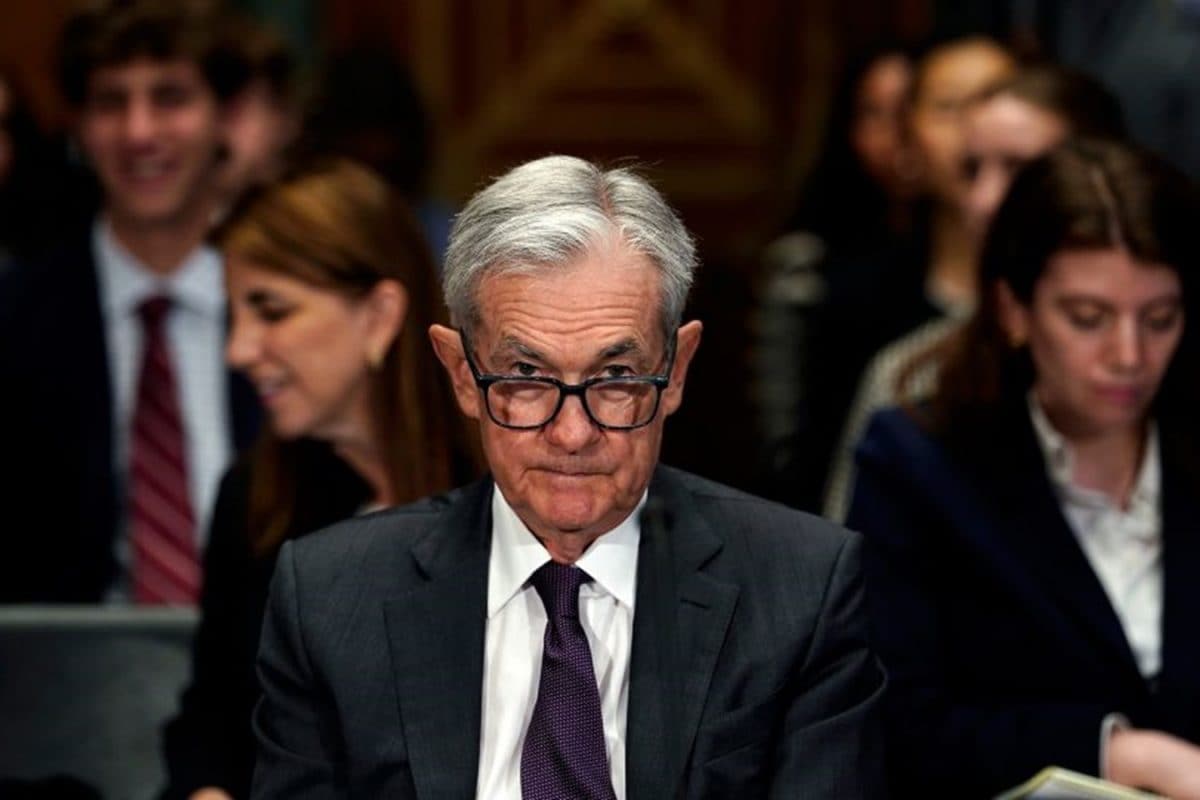

Jerome Powell's address at the annual Jackson Hole Economic Symposium on Friday is under intense scrutiny as markets seek clarity on the Federal Reserve's next monetary policy move. This speech is particularly significant as it is expected to be Powell's last at Jackson Hole before his term as Fed Chair expires in May 2026. Investors, policymakers, and analysts are hanging on every word, hoping for insights into the Fed's thinking amid rising inflation and a complex economic landscape.
Powell's Jackson Hole speeches have historically been used to signal important shifts in Fed policy. In 2022, he adopted a hawkish stance, prioritizing inflation control. In 2023, he maintained the need for restrictive policies while acknowledging progress on inflation. Last year, in August 2024, Powell signaled the beginning of interest rate cuts, a move that materialized with a 50-basis point cut in September.
The U.S. economy currently presents a mixed picture. While the labor market remains near full employment, recent data indicates a potential slowdown. The July jobs report revealed weaker-than-expected job growth, with downward revisions to previous months. Simultaneously, inflation, while down from its 41-year peak in 2022, has shown a slight increase in recent months. The Personal Consumption Expenditures (PCE) index, the Fed's preferred inflation gauge, rose from 2.1% in April to 2.6% in June, exceeding the Fed's 2% target.
Market expectations are leaning towards a 25-basis point rate cut in September, fueled by concerns about a potential economic slowdown. However, the uptick in inflation complicates the decision. Some analysts believe Powell might push back against these expectations, maintaining a more balanced approach. The minutes from the July FOMC meeting revealed that policymakers were largely aligned on holding the federal funds rate steady at 4.25% to 4.50%, citing persistent inflation risks.
Several factors could influence Powell's message. The White House's immigration policies have led to a slowdown in labor supply growth. This means that fewer jobs are needed to maintain a stable unemployment rate. Tariff-related inflation is also beginning to surface, though its full impact remains uncertain. Some companies are absorbing tariff costs to avoid passing them on to consumers, while others are still working through existing inventories.
Deutsche Bank analysts suggest that Powell will likely emphasize measures of labor market slack, such as the unemployment rate, over headline payroll figures. Bank of America anticipates Powell to focus on the volatility in jobs data and labor supply concerns.
Given these uncertainties, Powell is expected to walk a tightrope, acknowledging labor market risks while remaining firm on inflation. He will likely emphasize the Fed's data-dependent approach, avoiding any firm commitments to future rate cuts. According to Zaccarelli, Powell is likely to emphasize that the Fed is data dependent and needs to see the jobs report and inflation reports before determining whether to cut interest rates on September 17th.
The market's reaction to Powell's speech will depend on whether he leans dovish or hawkish. A hawkish tone, emphasizing inflation risks, could trigger a market downturn, particularly for rate-sensitive stocks. Conversely, a dovish signal, hinting at potential rate cuts, could boost investor sentiment. However, with equities near all-time highs, some analysts caution that risk assets may not be "priced for perfection," leaving limited room for bullish surprises.
Overall, Powell's Jackson Hole address is poised to be a significant event, potentially shaping market expectations and influencing the Fed's policy path in the coming months.